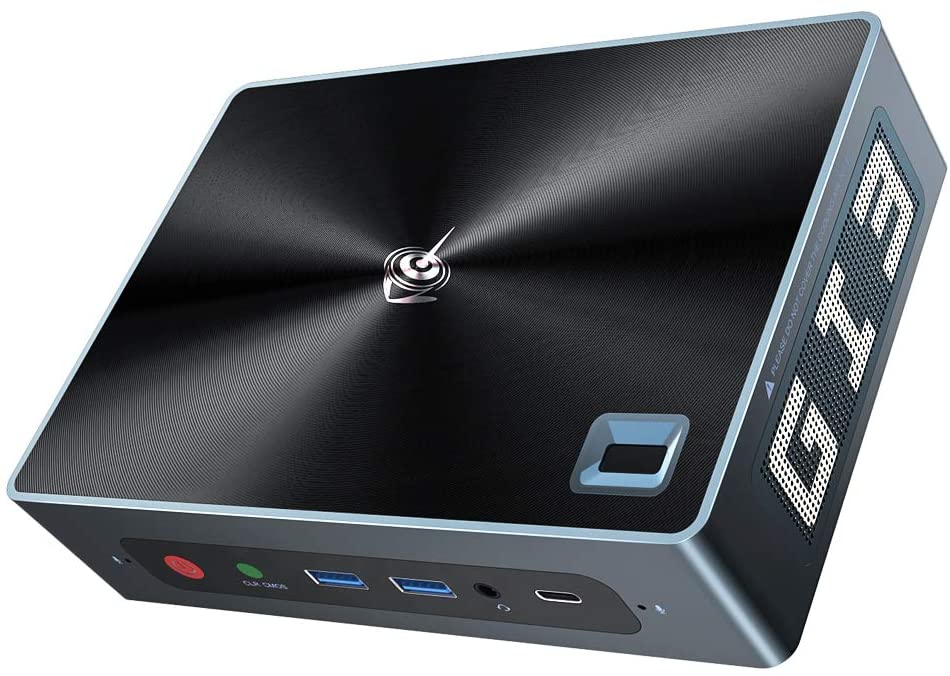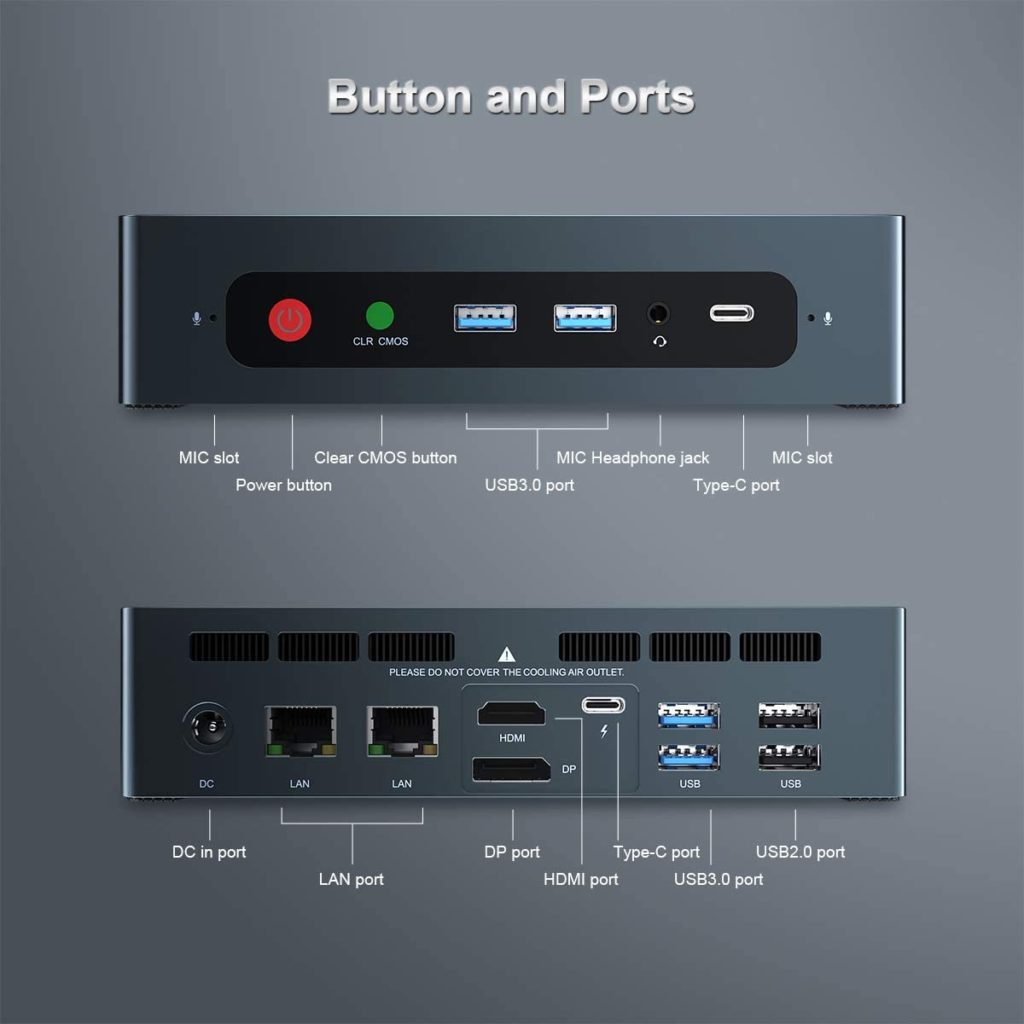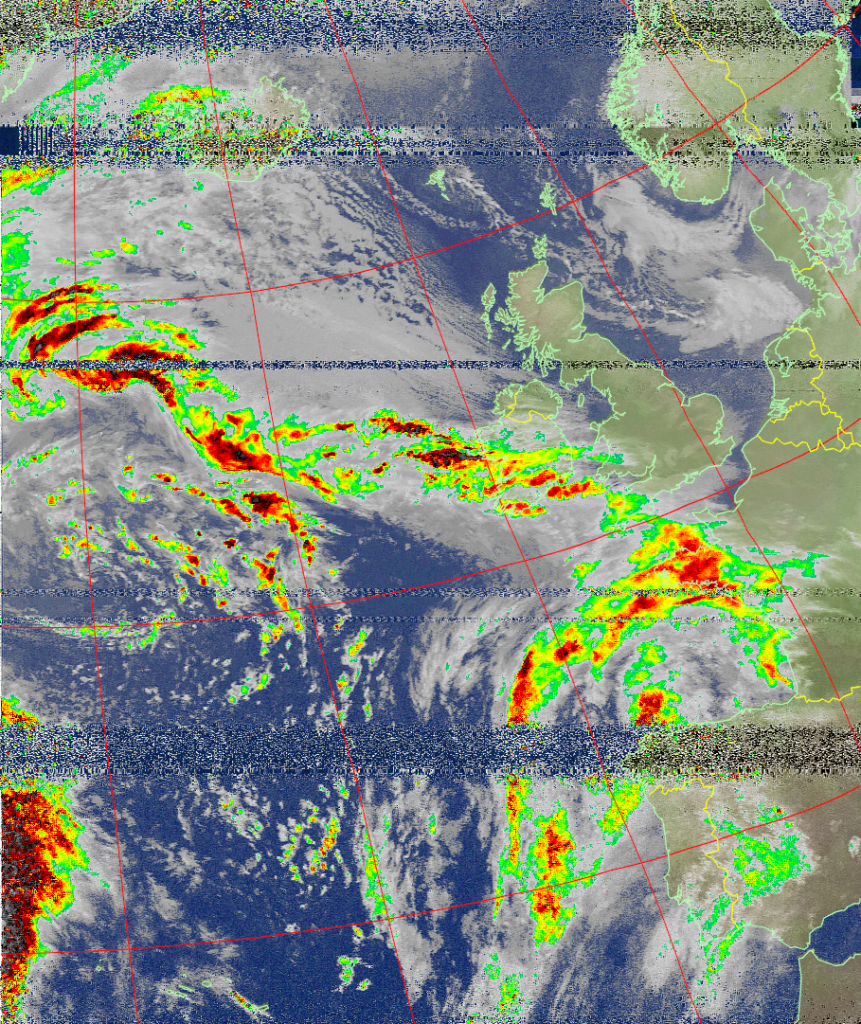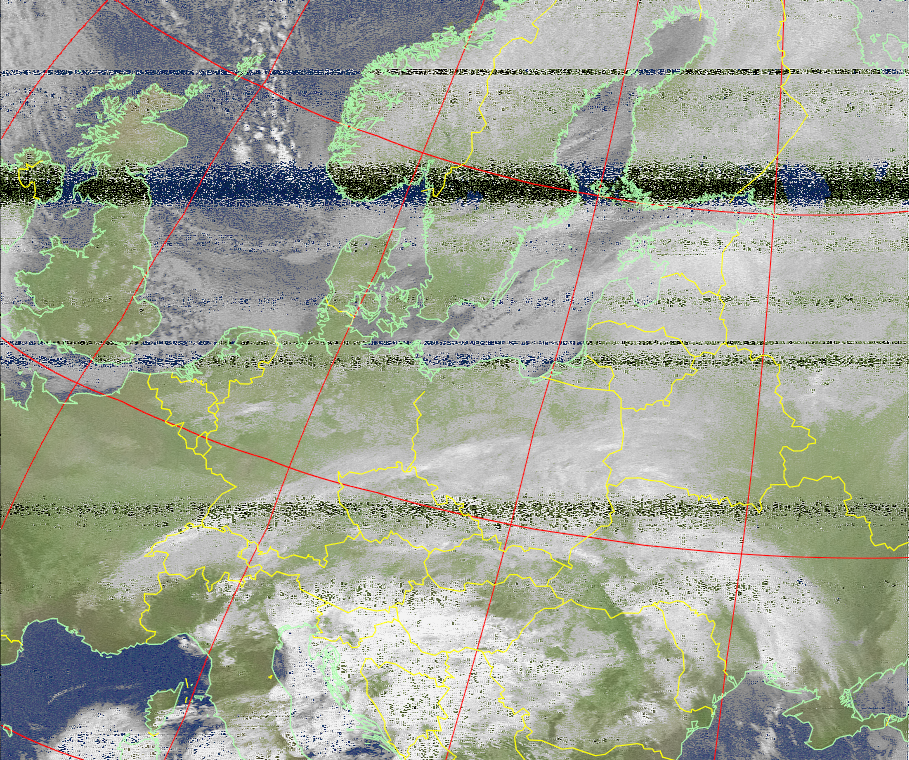So my last post on wxsats was with a pretty stable system running wxtoimg on my main desktop PC using Nooelec Smartee/Nooelec Sawtree LNA/filter dongle combination with a Turnstile antenna. And all was working not too badly – sometimes the extremities of passes are noisy and I’m going to try a quadrifilar antenna at some point to see whether that improves matters.
However the original plan was to run headless on a Raspberry Pi. I had to abandon this idea as the command line version of wxtoimg won’t generate the web site upload which I like. So I took a gamble and purchased a mini PC – to be precise a Beelink GTi Mini PC Windows 10 Pro,10th Gen Intel i3-1005G1 (Up to 3.40 GHz),16GB DDR4 512GB SSD WiFi 6 Triple Display 4K Mini Desktop Computer. I installed WxTrack/wxtoimg/SDR# with Zadig and started generating images from that machine. I use AnyDesk to connect to it from my main PC and run it headless (I was using teamViewer until it started to say I was using it commercially…wtf? I would buy a single-user licence for TV but it is ridiculously expensive).
All worked well but after several hours without passes (normally overnight) SDR# would stop communicating with the dongle, and the pass would be blank. I’d have to kill the SDR# process and start again. I tried all the options from turning off usb ports going to sleep and all eco power options to no avail. And then I disabled automatic Windows updates after checking the system logs and seeing Windows Defender updating definitions every night. And that seemed to fix the problem!
This is a good example of what the system can do:

So – I do recommend these mini-PCs – they are solidly built, have plenty of ports and work well. Cost 20 times a much as a Raspberry Pi mind….











